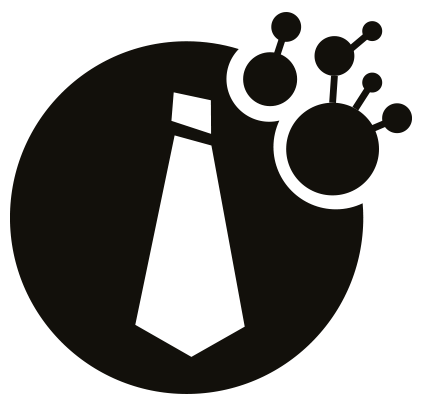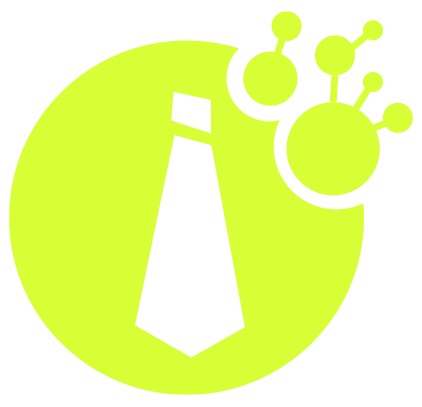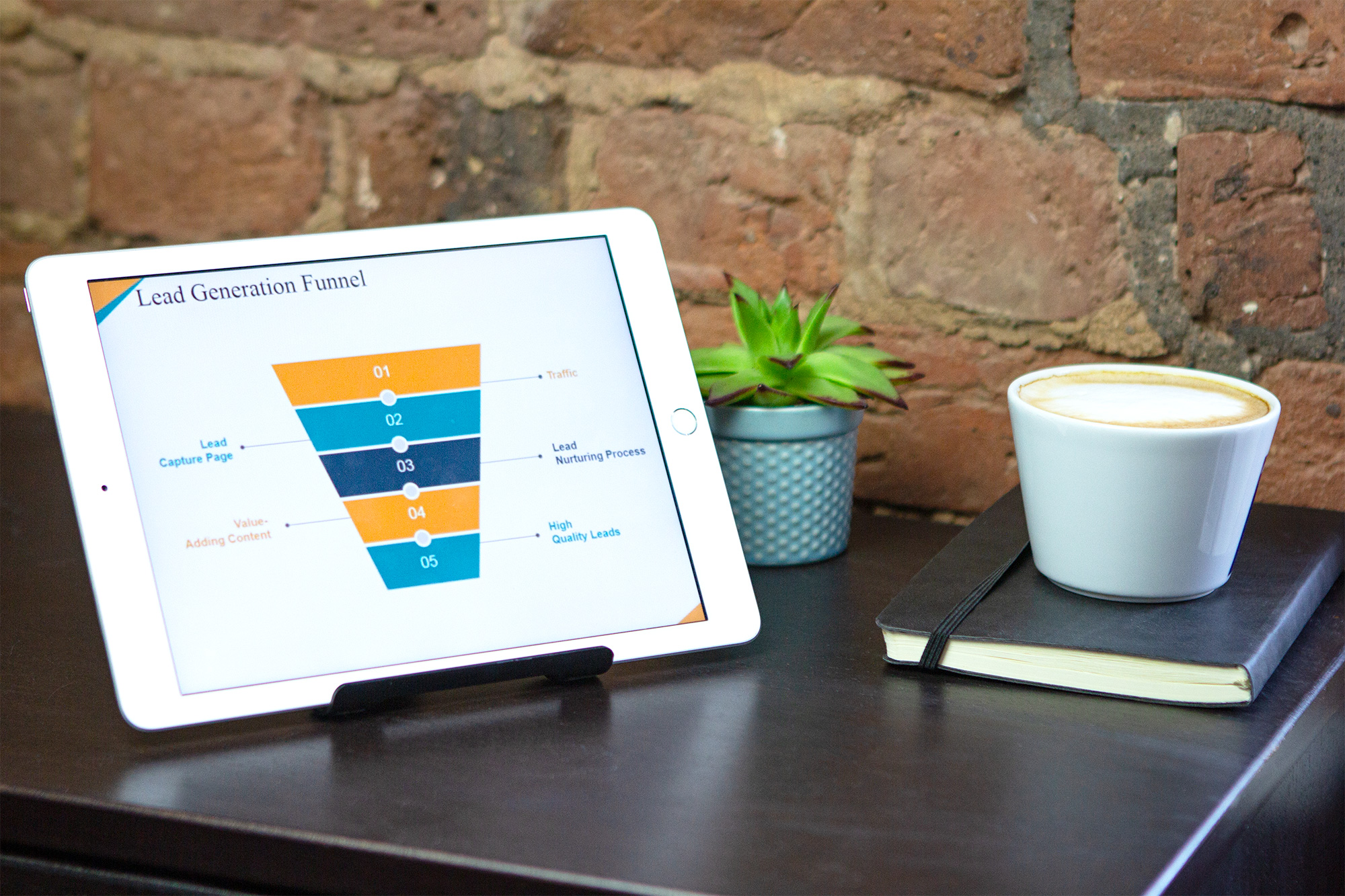Not only have we witnessed the marketing function in business-to-business marketing transforming before our eyes, it’s also having a massive impact on the sales process. A buyer today is 70% throughtheir buying process before a salesperson is even aware of them – that’s too far!
So, what is this big change? It’s called Revenue Marketing.
There are 4 progressive stages an average company goes through when moving towards a revenue-focused marketing strategy.
These are: Traditional Marketing; Lead Generation; Demand Generation; and then finally, arriving at the holy grail of business to business marketing; Revenue Marketing. What stage is your company at?
1. Traditional Marketing
Traditional marketing is when the marketing department generally focuses on activities like advertising, PR and tradeshows. They have a big emphasis on producing brochures and sales collateral, and they are normally measured in terms of activity. They constantly analyse spend and, as a result, are viewed as a cost centre, which is why they’re often a prime target for budget cuts.
2. Lead Generation
The very first step toward revenue marketing is making the move from Traditional Marketing to Lead Generation. At this stage, it’s the responsibility of the marketing department to bring in as many leads as possible to sales.
You’ll probably have seen in some organisations where they have a form of a lead-generation strategy in place – most do. However, the leads they’re producing are not fully developed and are certainly not ready for sales to follow up with.
Leads are often pushed to sales before they’re ready, as sales need to make that call. So, when presented with the choice of cold-calling somebody, or calling somebody who has filled out a form or downloaded a white paper, who’s the obvious choice?
Typically, these leads will come from places like trade shows, website visits or general forms, and are passed to the sales team to follow up. If a lead closes, job done! But if a lead doesn’t close, more often than not they’ll get lost, or marketing might buy that lead again and the process starts all over, wasting time and money.
You’ll also probably see that at this stage, the smarter companies will have email automation in place, but their lead-generation processes are often lacking and contain a lot of manual and time-consuming steps.
A marketing team at this stage are doing things right, but they are still at risk of being seen by the company as a cost centre.
3. Demand Generation
The transition from Lead Generation to Demand Generation is a gigantic leap for most organisations to make. We define Demand Generation as the combined set of activities across both sales and marketing that puts high-quality leads – ones that are sales-ready – right at the top of the funnel.
You’ll find at this stage, marketers are focused less on quantity and more on handing over quality leads to the sales team. The close bond and synergy between sales and marketing is beginning to blossom into something beautiful.
4. Revenue Marketing
The Revenue Marketing stage includes everything in the Demand Generation stage, with one major difference: The revenue generated and attributed to marketing is now repeatable, predictable and scalable.
Revenue marketers use their marketing automation technology – now tightly integrated with their CRM – to determine how many high-quality, qualified leads are sent to the sales team, and are able to forecast their overall conversion rate.
Just like a Sales Director, revenue marketers can walk into their MD’s office with a forecast that aligns tightly with sales, all the way through the lead funnel. Not only can you report on what you did last quarter – as far as your contribution to pipeline and sales – but you can also predict future contribution.
Marketers at this stage are now viewed as a revenue investment, and their respective department as a revenue centre.
Step aside Traditional Marketing, and make way for Revenue Marketing!


